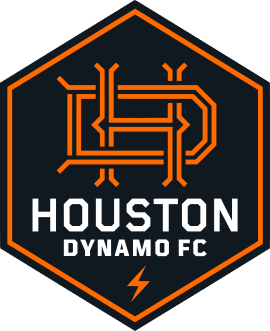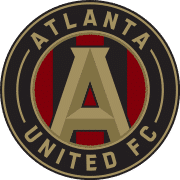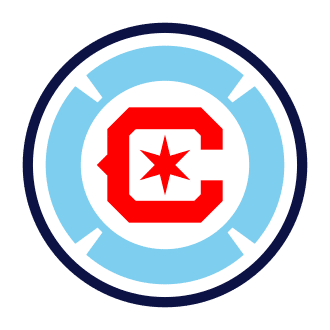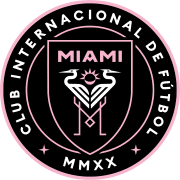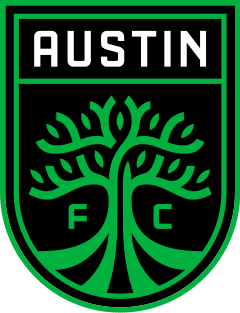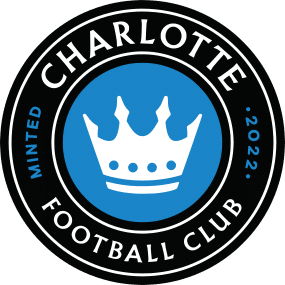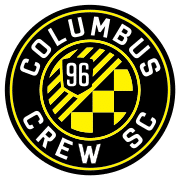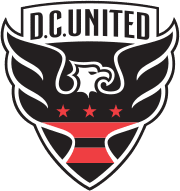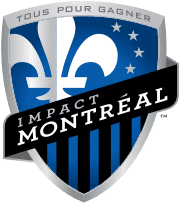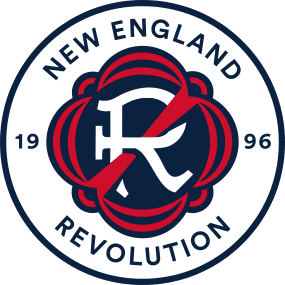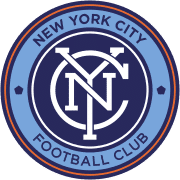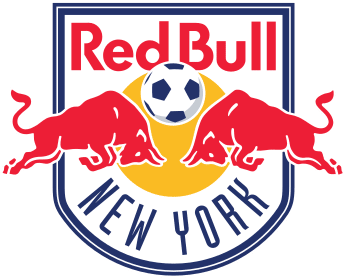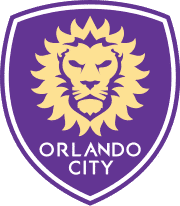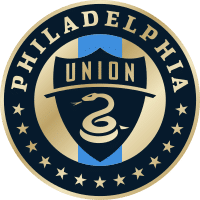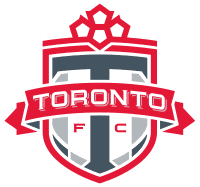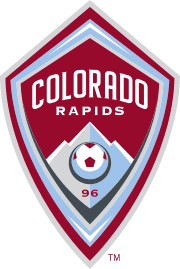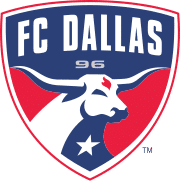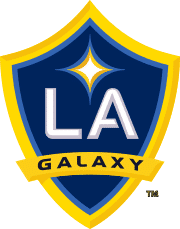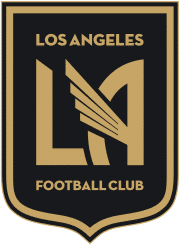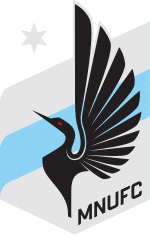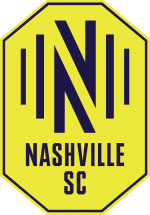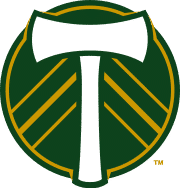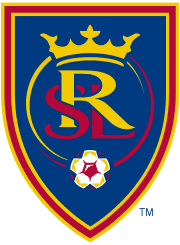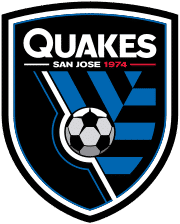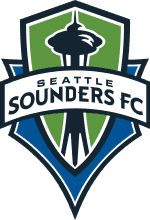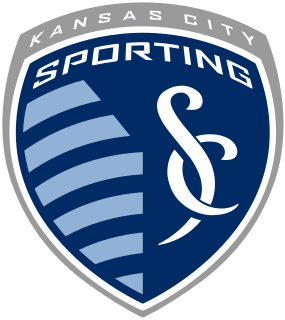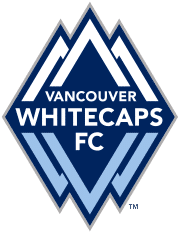Charleston Battery Tryouts & Club Guide: History, Stadium, Players, and More!

Welcome!
Discover the world of soccer with fcscout.com, your go-to scout for club tryout information, club guides, player profiles, in-depth product reviews, and more. We’re dedicated to exploring and revealing the best in each domain, empowering you with knowledge to make informed choices.
Thank you for being here!
Hi, I’m Carlos! A coach, sports enthusiast, and the founder of FCScout.com.
I fell in love with the game at a very young age like many of you. I’ve been following and playing soccer for many years.
Throughout my career, I always enjoyed helping soccer players chase their dreams, which is why I started this website. I wanted to reach a larger audience outside of my local area and fcscout.com was born.
This website is a platform I will be using to update club pages on any tryouts, stadiums, players, tech, and more from clubs around the world. I also create free recruitment profiles for players looking to have that extra competitive edge when reaching out to clubs.
That’s it. That’s my pitch for you to stick around (or browse the site as you please).
This is already too much text for a “see more” drop-down button thing. If you want to reach out to me, head on over to my contact page 🙂
The Charleston Battery is an American professional soccer club based in Charleston, South Carolina, and a member of the USL Championship. Founded in 1993, the Battery is one of the oldest continuously operating professional soccer clubs in the United States, tied with the Richmond Kickers.
Charleston Battery Youth Development System
For information about player trials and tryouts, please email trials@charlestonbattery.com
For information about youth camps or stadium rentals, please email info@charlestonbattery.com
For information about donations or mascot and player appearances, please email donations@charlestonbattery.com
For information about the pro shop or merchandise, please email shop@charlestonbattery.com
For more information about sponsorships, please email sponsors@charlestonbattery.com
For media related inquiries, please email communications@charlestonbattery.com
For all other inquiries, please email contact@charlestonbattery.com
Charleston Battery Recruitment Trials
At the time of this writing, there is no official academy/trial information for Charleston Battery. Please come back at a later date while we monitor this club or click here to visit their official news section for more information.

EXPLORE MORE CLUBS!
Explore more professional clubs by continent.
History
As a result of Tony Bakker’s relocation of his software business Blackbaud to the Charleston area in 1989, a group of local soccer enthusiasts founded a non-profit organization called The Battery in 1993. When Tim Hankinson, a former University of South Carolina player, was hired as the team’s coach, the Battery was a member of USISL, which later became known as the United Soccer League in 1995.
Nuno Piteira led the Battery to their first championship in 1996, defeating the Charlotte Eagles 3–2. A-League franchise Charleston became one of the first in 1997 (later the USL First Division). As a result, the Battery became the first non-Major League Soccer professional club in the United States to build its own stadium and established itself as one of the country’s most reputable lower division clubs. As a result of the Battery’s hiring of Alan Dicks, many experienced domestic players including Paul Conway and Dan Calichman, as well as prominent foreign recruits Terry Phelan and Ral Daz Arce, were brought in.
It was Chris Ramsey who replaced Dicks as the team manager, guiding Charleston to an A-League championship victory over Minnesota Thunder in 2003 with a 3–0 victory. Longtime player and assistant coach Mike Anhaeuser was elevated to manager following Ramsey’s resignation in 2004.

The first time the Battery made it to the final of the Lamar Hunt US Open Cup was in 2008, when they faced DC United at RFK Stadium. The Battery fell behind early in the final, but Ian Fuller and Chris Williams combined for a fast equalizer. Lazo Alavanja had a shot saved late in the half, but the game ended with a 1-1 deadlock at the break.
However, after Charleston had lost early in the second half, Marco Reda scored Charleston’s lone goal in extra time, only for it to be disallowed for offside. The final score was 2–1 in favor of D.C. United. Only one non-MLS club, Charleston Battery, has appeared in the Open Cup final since it was established in 1996. Several other USL clubs urged Charleston to join the breakaway league known as the North American Soccer League (NASL) in 2010, but the Battery elected to remain in the USL system and self-relegate to the USL Second Division, which subsequently became the primary USL professional division In 2010, Charleston finished first in the third tier and went unbeaten at home during their inaugural season. In the league championship game, Charleston defeated Richmond Kickers 2–1 to win the club’s third league title.
With 13 league goals, Lamar Neagle was voted the USL-2 league MVP and was the league’s leading scorer. The league’s manager of the year award went to Anhaeuser for the second time in his career. In 2012, the Battery defeated the Wilmington Hammerheads in the league championship game by a score of 1–0. An assist from Jose Cuevas set up Micheal Azira’s 74th-minute goal, which was enough to secure victory.

A one-year arrangement to become the USL Pro affiliate of Vancouver Whitecaps FC in 2014 was the Battery’s first loan connection with a Major League Soccer club in recent years. The Houston Dynamo have partnered with the New Jersey Devils for the 2015 season.
Prior to Atlanta United FC‘s 2017 MLS entrance, the club established a partnership with Atlanta United FC on January 15, 2016. An investment group of local tech executives, B Sports Entertainment (BSE), purchased the team from Tony Bakker in February 2016. After the ownership change, club president Andrew Bell and manager Mike Anhaeuser were still in charge of the team’s operations. It was revealed in the spring of this year that Bell would be departing the club to take over operations of an upcoming USL expansion team in Memphis.
Mike Kelleher, the club’s director of operations, was hired to replace Bell. In October 2019, B Sports Entertainment sold the club to Rob Salvatore of HCFC, LLC, and the team relocated to Patriots Point Soccer Complex in Mount Pleasant, South Carolina.
Colors and Badge
Red and yellow make up Charleston’s primary color scheme. Black and white with a splash of crimson were the Battery’s home uniforms for the first several seasons. Since the club’s inception in 1997, it has worn a black home shirt with yellow stripes.
Because of the 25th anniversary celebration, the away uniform for the 2017 season is either black and silver or white and black, which is a departure from the team’s traditional red-white-black colors. Except for minor color and resolution changes, and the addition of four stars to mark each of the team’s league championships, the club badge has remained unchanged throughout its history.
To honor the city’s nautical past and its pivotal role in the American Revolution and American Civil War, the shield features two crossed artillery guns, one on either side of a soccer ball.
Stadiums
While playing at Stoney Field in downtown Charleston for the first six years of the Battery’s existence, the club shared a venue with other college and high school sports teams. Blackbaud Stadium (formerly known as MUSC Health Stadium) was renamed MUSC Health Stadium in 1999.
With a capacity of 5,100, it is the first privately funded soccer stadium in the United States. The Three Lions, a pub located behind the west stand at MUSC Health Stadium, is modeled after lower-level English soccer fields. In addition to the stadium, there is a practice field and club offices on the property.

The second-largest video board in the Southeast was built by the new owners in 2016. The jumbotron at MUSC Health Stadium has a screen area of 3,000 sq. ft. It’s the world’s largest video board when compared to the number of seats in the stadium. There are also several amenities, including skyboxes and a plaza for corporate events, making it a premier professional soccer arena in the United States.
Club Culture
With the American Outlaws-affiliated Queen Anne’s Revenge and the Spanish-speaking Charleston Barra Brava, the Battery’s official supporters group, The Regiment, are located in section E1. Every time the Battery takes on D.C. United in Major League Soccer, it fights for the Coffee Pot Cup, a trophy that was created by the fans of both teams and is presently held by DC.
The two clubs have met numerous times in friendly and cup tournaments, with the most high-profile meeting being the 2008 US Open Cup final. The Kickers of Richmond have a long history of rivalry with the Charleston City Steamers. Poppy Miller is the play-by-play announcer for the team’s home games, which are shown on ESPN+ and the local MyNetworkTV network. Sportswriter Keith Namm covered the Battery for the Charleston Post & Courier for many years, and Andrew Miller is currently the publication’s beat writer for the Battery.







